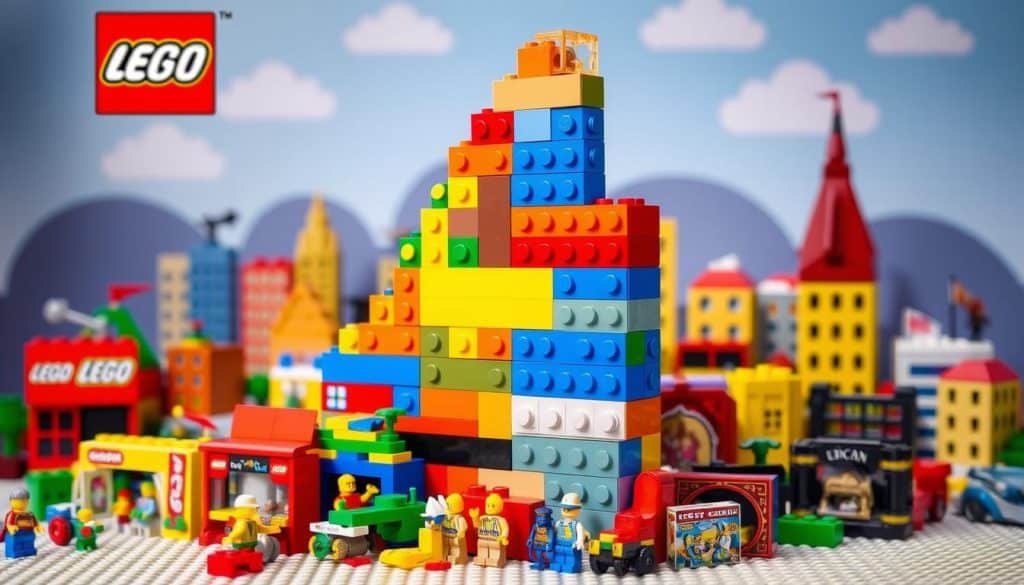LEGO has evolved into a global entertainment powerhouse, expanding far beyond traditional toy manufacturing. This transformation makes LEGO stocks an intriguing investment opportunity, though the company itself is not publicly traded.
Understanding the LEGO Investment Landscape
While LEGO is privately held, investors can explore related opportunities:
- Parent company investments (Kirkbi A/S)
- Entertainment sector funds
- Stocks of LEGO partners (e.g., Sony, Disney)
- Toy industry ETFs
LEGO’s growth strategy involves several key aspects:
- Digital innovation and gaming
- Strategic entertainment partnerships
- Global market expansion
- Adapting to consumer trends
LEGO’s Business Model and Revenue Streams
LEGO has diversified its income sources beyond traditional brick sets:
- Classic building sets
- Licensed partnerships (e.g., Star Wars, Marvel)
- Video games and digital content
- Theme parks and experiences
- Movies and TV shows
This diversification has led to strong financial performance. From 2011 to 2023, LEGO market returns averaged 15.6% annually.
Analyzing LEGO’s Financial Performance
LEGO has implemented several strategies to drive financial success:
- Sustainable product development
- Expansion of manufacturing capabilities
- Strategic partnerships in entertainment and technology
The company is also investing in sustainability initiatives, aiming for 100% sustainable core products by 2030.
Market Trends Impacting LEGO
Key trends shaping LEGO’s market position include:
- Rise of digital and interactive play
- Demand for educational toys
- Growing adult fan base (AFOLs)
- Increased focus on sustainability
Risks and Challenges
Potential investors should consider:
- Intense competition in the toy industry
- Rapidly changing consumer preferences
- Supply chain and production concerns
- Reliance on licensed properties
Future Projections
LEGO’s future growth is expected to be driven by:
- Continued expansion into digital platforms
- New partnerships with major entertainment brands
- Innovation in sustainable materials and practices
- Exploration of emerging technologies (AR, VR)
Conclusion: Is LEGO a Smart Investment?
While direct investment in LEGO stock isn’t possible, the company’s market position, innovation, and growth strategies make LEGO-adjacent investments potentially attractive. However, as with any investment, thorough research and consideration of market risks are essential.
Call to Action
To explore LEGO-related investment opportunities, consider consulting with a financial advisor who can provide personalized guidance based on your investment goals and risk tolerance.






